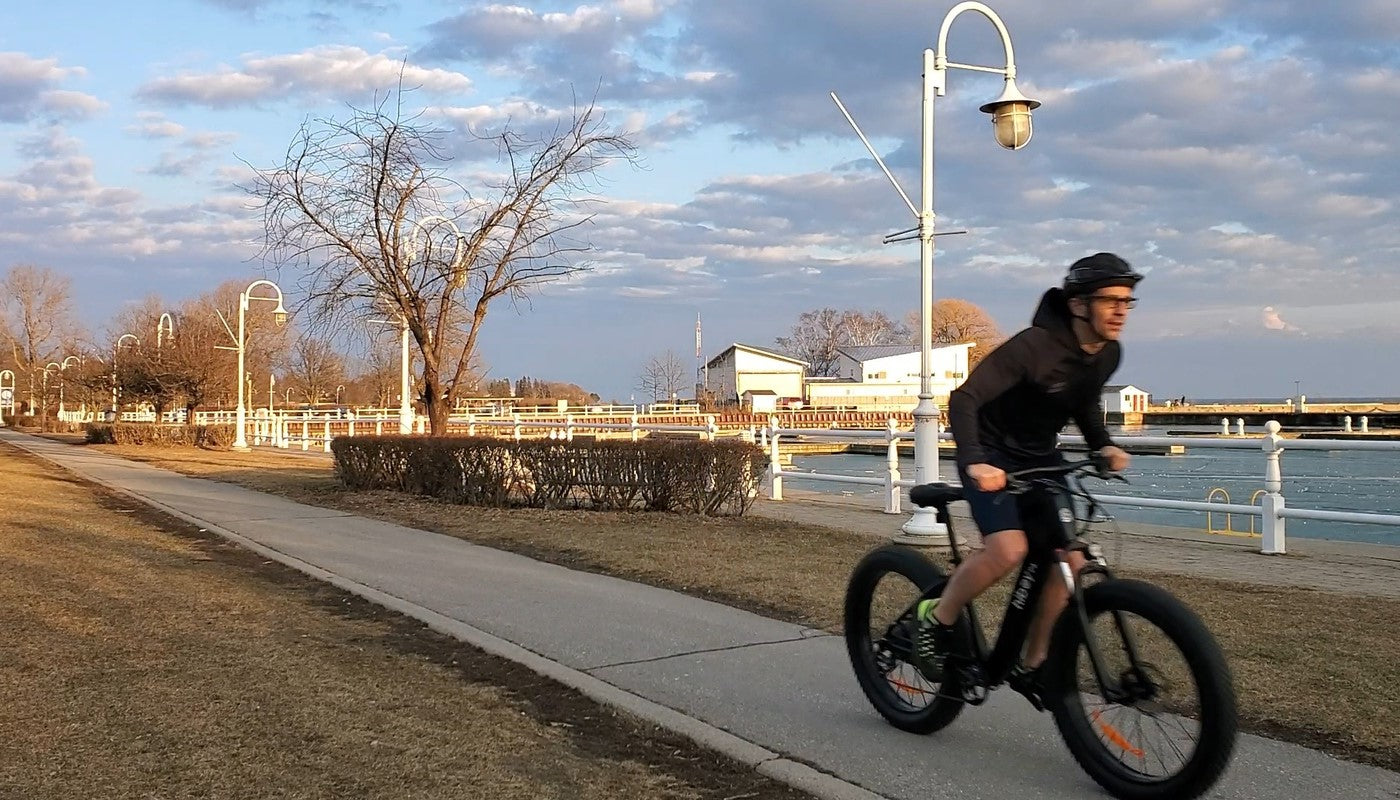Introduction
Electric bikes, or e-bikes, have taken the cycling world by storm, offering an eco-friendly and efficient way to get around. But if you're thinking about hopping on an e-bike in Canada, you might be wondering: "How fast can I legally go?"
In this blog post, we'll explore the ins and outs of e-bike speed limits in Canada, helping you understand the rules and regulations that govern these increasingly popular vehicles. We'll look at federal guidelines, provincial variations, and the reasons behind these speed restrictions. So, buckle up (or should we say, strap on your helmet?) as we dive into the world of electric bike speeds in Canada!
Understanding E-Bike Classifications in Canada
Before we can talk about speed limits, it's important to understand how e-bikes are classified in Canada. The federal government has established guidelines for what qualifies as an e-bike, but provinces and territories have some leeway in how they interpret and implement these rules.
Federal Definition of an E-Bike
According to Transport Canada, an e-bike is defined as a bicycle with an electric motor that:
- Has working pedals
- Has an electric motor of 500 watts or less
- Is capable of a maximum speed of 32 km/h (20 mph) on motor power alone on level ground
This federal definition serves as a baseline, but individual provinces may have additional requirements or restrictions.
Electric Bike Speed Limits in Canada
Now, let's get to the heart of the matter: how fast can you actually go on an e-bike in Canada?
The 32 km/h Rule
The most important number to remember is 32 km/h (20 mph). This is the maximum speed that an e-bike's motor can propel you without pedaling. This limit is set at the federal level and is consistent across all provinces and territories.
Key Point: In Canada, e-bikes are limited to a maximum motor-assisted speed of 32 km/h (20 mph).
However, it's crucial to understand that this doesn't mean you can't go faster than 32 km/h on an e-bike. It simply means that once you reach this speed, the motor must stop providing assistance. You can still pedal faster using your own leg power, just like on a regular bicycle.
Pedal-Assist vs. Throttle-Controlled E-Bikes
It's worth noting that there are two main types of e-bikes:
- Pedal-assist e-bikes: These provide electric assistance only when you're pedaling.
- Throttle-controlled e-bikes: These can provide power even when you're not pedaling, typically via a handlebar-mounted throttle.
Some provinces have different rules for these two types of e-bikes. For example, in Ontario, throttle-controlled e-bikes are treated more like mopeds and have additional regulations.
Provincial Variations in E-Bike Regulations
While the 32 km/h speed limit is consistent across Canada, other aspects of e-bike regulations can vary by province. Let's look at a few examples:
Ontario
Ontario has some of the most detailed e-bike regulations in Canada. Here are some key points:
- E-bikes must have a maximum weight of 120 kg
- Riders must be at least 16 years old
- Helmets are mandatory for all ages
British Columbia
British Columbia's regulations are a bit different:
- No minimum age for riding an e-bike
- Helmets are mandatory for all ages
- E-bikes must have a motor cut-off switch
Quebec
Quebec has its own unique set of rules:
- Riders must be at least 14 years old
- Helmets are mandatory for all ages
- E-bikes must have a maximum weight of 55 kg
It's always a good idea to check your specific provincial regulations, as they can change and may have additional details not covered here.
Why Are There Speed Limits on E-Bikes?
You might be wondering why these speed limits exist in the first place. There are several reasons:
- Safety: Higher speeds increase the risk and severity of accidents, especially in areas with mixed traffic.
- Infrastructure: Most bike lanes and paths are designed for speeds typical of regular bicycles.
- Legal Classification: Keeping speeds lower helps distinguish e-bikes from more powerful vehicles like mopeds or motorcycles, which have different legal requirements.
- Energy Efficiency: Lower speeds help extend battery life, making e-bikes more practical for daily use.
Tips for Safe and Legal E-Bike Riding in Canada
Now that you understand the speed limits, here are some tips to ensure you're riding safely and legally:
- Know your local laws: As we've seen, regulations can vary by province. Make sure you're familiar with your local rules.
- Wear a helmet: Even if it's not legally required in your area, a helmet can significantly reduce the risk of injury.
- Be visible: Use lights and reflectors, especially when riding at night or in low-visibility conditions.
- Respect traffic laws: Remember, when you're on the road, you're subject to the same rules as other vehicles.
- Maintain your e-bike: Regular maintenance can help ensure your bike's speed governor is working correctly and that you're not accidentally exceeding speed limits.
Conclusion
E-bikes offer an exciting and eco-friendly way to get around Canadian cities and countryside alike. While the electric bike speed limit of 32 km/h might seem restrictive at first, it's important to remember that this only applies to motor assistance. You can still go faster under your own power, just like on a regular bike.
Remember, the joy of riding an e-bike isn't just about speed – it's about the freedom to explore, the ease of commuting, and the positive impact on both your health and the environment. So get out there, enjoy your e-bike, and ride safely.










Partager:
Vente du 5e anniversaire de Hiboy Canada : de grosses économies et des cadeaux à ne pas manquer
What Are The Benefits Of Riding an E-Bikes For Seniors?